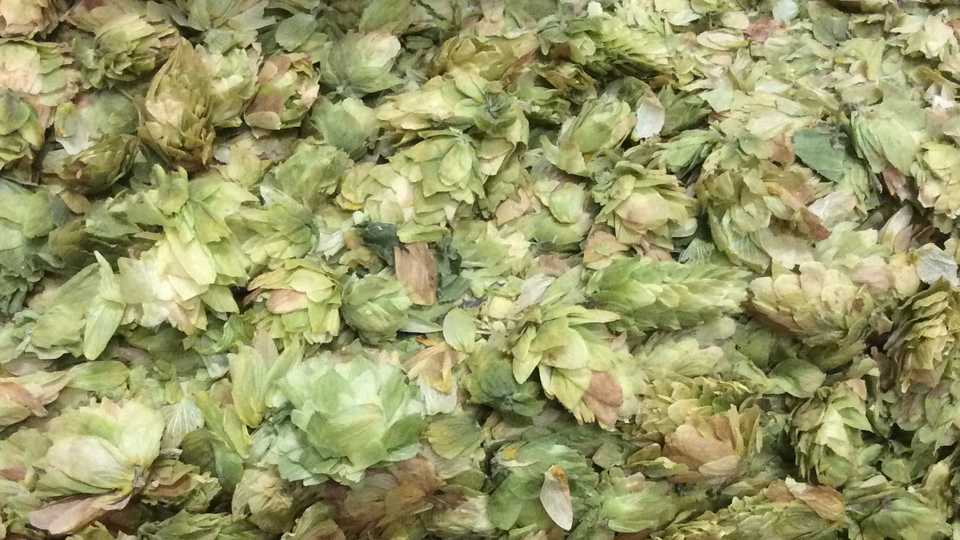The recipe for beer is really quite simple: water, grain, hops and yeast. Sorry, gluten-free readers, but barley (Hordeum vulgare) is the grain of choice for beer. “It’s a tough, tough plant that can grow in the worst conditions,” Burge said. Hops (Humulus lupulus) are essential for longevity in beer, because the resins found in the female flower act as a preservative. Before hops arrived from China and Japan around 3,000 BCE, other, more toxic preservatives were sometimes used and people often died as a result. But monks began growing hops in monasteries, creating the delicious (and non-toxic) plants used to preserve and flavor beer today. Hops give beer its bitter flavor, but they also make beer expensive. They are not as easy to grow as barley and require 13 hours of daylight to ripen properly, making only a few areas of the world compatible with this important crop.
“To me, the most amazing part of beer-making is the yeast,” Burge said. Yeasts thrive in the sugar-rich environment of the beer vat, and they reproduce rapidly, consuming all the sugar. As their population explodes, they produce alcohol and carbon dioxide. “The strains of yeast used in beer today actually evolved in a beer vat,” Burge explained. “We created the perfect habitat for beer yeast. These yeast are tied to us in an evolutionary sense.” Burge also explained that the difference in ales and lagers is a difference in yeast—the yeasts used for lagers evolved from the hybridization of domestic and wild yeast. A hybridization event that also likely took place in a beer vat.


